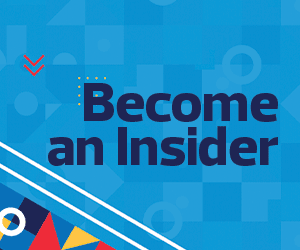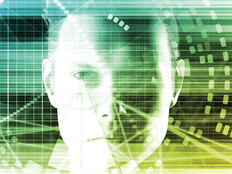Several school leaders said the breaches they experienced opened their eyes to vulnerabilities in their networks and resulted in escalated fixes. However, they are under no delusion that these attacks can’t happen again and are remaining vigilant. One of the ways they are doing so is by spreading the message that everyone in a school’s district can contribute to cybersecurity efforts.
2. Educators Must Ramp Up Self-Care
There is no doubt that in the best of times, education is no walk in the park. However, with the nonstop chaos that came along with teaching during a pandemic, many educators experienced physical burnout.
With the porous boundaries between remote and hybrid classrooms, most have been working from home in some capacity, and their reliance on technology may also lead to technology burnout.
“It’s all too easy to be attached 24/7 to our work emails, calendars and text messages,” said Amber Teamann, technology director at Crandall Independent School District. In her session on self-care, Teamann advocated setting healthy boundaries. “Self-care is the actualization of taking physical care of yourself. Digital boundaries are self-care.”
DISCOVER: How can districts introduce ed tech without causing tech burnout?
3. Collaboration in Education Improves Outcomes
No one wins when knowledge is siloed, and throughout this convention dedicated to sharing knowledge, several attendees expressed appreciation for all they have learned. One of the most common themes was how well collaboration has served educators and, ultimately, students.
In multiple sessions, presenters shared how their colleagues from separate disciplines came together to achieve impressive outcomes, such as initiating one-to-one programs, addressing digital equity or starting an esports club.
In one session, librarians and technology specialists at Lumberton ISD shared how they worked together to create interactive learning stations in the library and helped classroom teachers make better use of technology during their lessons.
4. Be Intentional When Choosing Ed Tech
Finally, presenters in several sessions reminded educators that while there are many ways that educational technology can increase efficiency and student understanding, there is power in being thoughtful when selecting ed tech.
READ MORE: How can school leaders choose ed tech intentionally?
In her session about online learning, instructional technology consultant and author Lindy Hockenbary encouraged teachers to keep it simple. She said using multiple digital tools can create roadblocks and confusion for students.
Thomas Murray, director of innovation for Future Ready Schools, agreed. In his session on building cultures of innovation, he noted that as a fan of ed tech — and as a former teacher, principal and CIO — he believes educators should look for evidence of what works when using technology.












